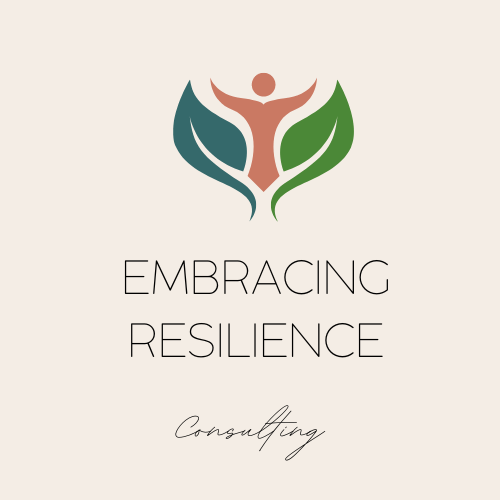Transformative mental health and educational consultation for the community.
What is Social and Emotional Learning?
What is Social Emotional Learning?
Social Emotional Learning (SEL) addresses five critical areas of social-emotional knowledge: self-awareness, self-management, social awareness, relationship skills as well as responsible decision-making (Collaborative for Academic, Social, and Emotional Learning, 2019). Self-awareness involves the identification of one’s emotions, recognitions of strengths in one’s self and others, sense of self-efficacy, and self-confidence. Self-management pertains to impulse control, stress management, persistence, goal setting, and motivation. Social awareness includes empathy, respect for others, and the ability to see different perspectives. Relationship skills involves cooperation, willingness to seek and provide help, and communication. Responsible decision making requires the skills to evaluate and reflect as well as personal and ethical responsibility.
Research has shown that SEL has positive effects on academic performance, physical health, citizenship, as well as reduce the risk of maladjustment. Well designed SEL and well-implemented SEL programming can improve assertiveness and communication skills while reducing internalizing and externalizing disorders. Structured classroom instruction over multiple years that applies social-emotional skills to real-life situations has shown the most lasting impact for students.
Moreover, social-emotional learning can take place alongside academic instruction. For instance, problem-solving and critical-thinking activities can be incorporated into academic curricula such as literacy, history, and performing arts. Instructional process can be altered to include cooperative learning as well as project-based learning. Additionally, students can be involved in improving school and classroom climates. Behavior management and discipline practices can infuse social-emotional reflection that includes positive behavior and opportunities to contribute to the school.
Overall, social-emotional learning helps to foster a sense of positive community. When a school is not a safe, engaging space, the attention necessary for learning is at risk. Schools that encourage positive relationships between adults and students are more likely to have successful learning environments. Educators can develop this environment through maintaining culturally and linguistically responsive practices as well as enabling students and families to be connected and engaged.
Helpful Resources
The Collaborative for Academic, Social, Emotional Learning (CASEL)
The National Association of School Psychologists



